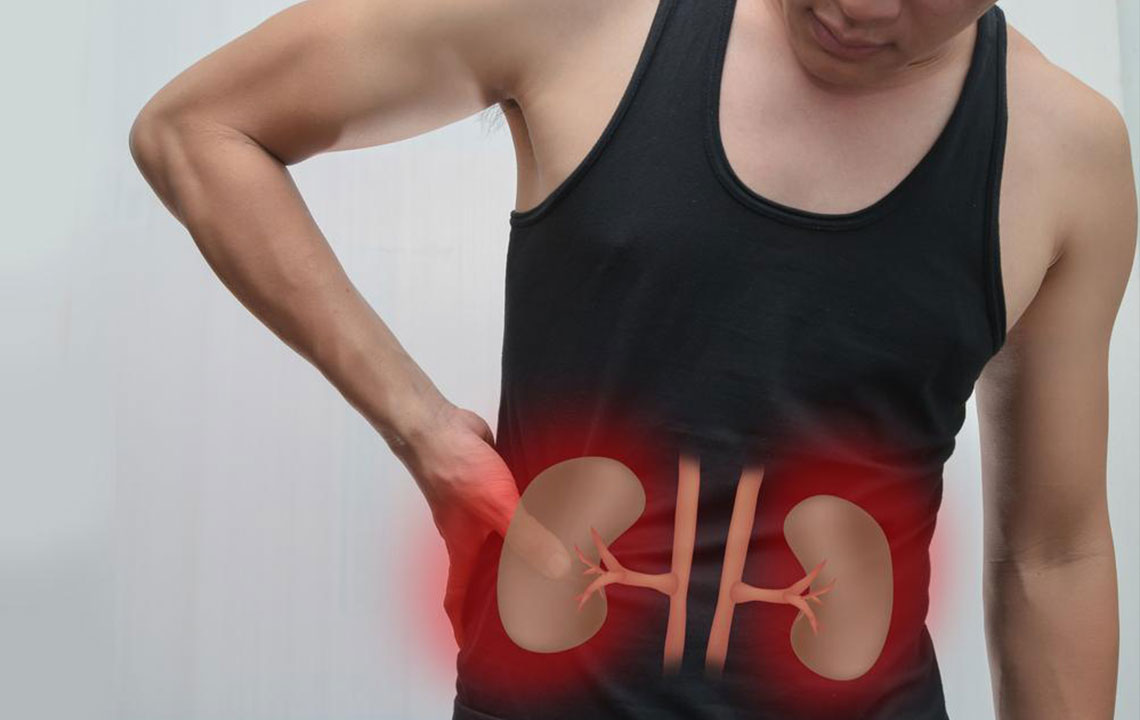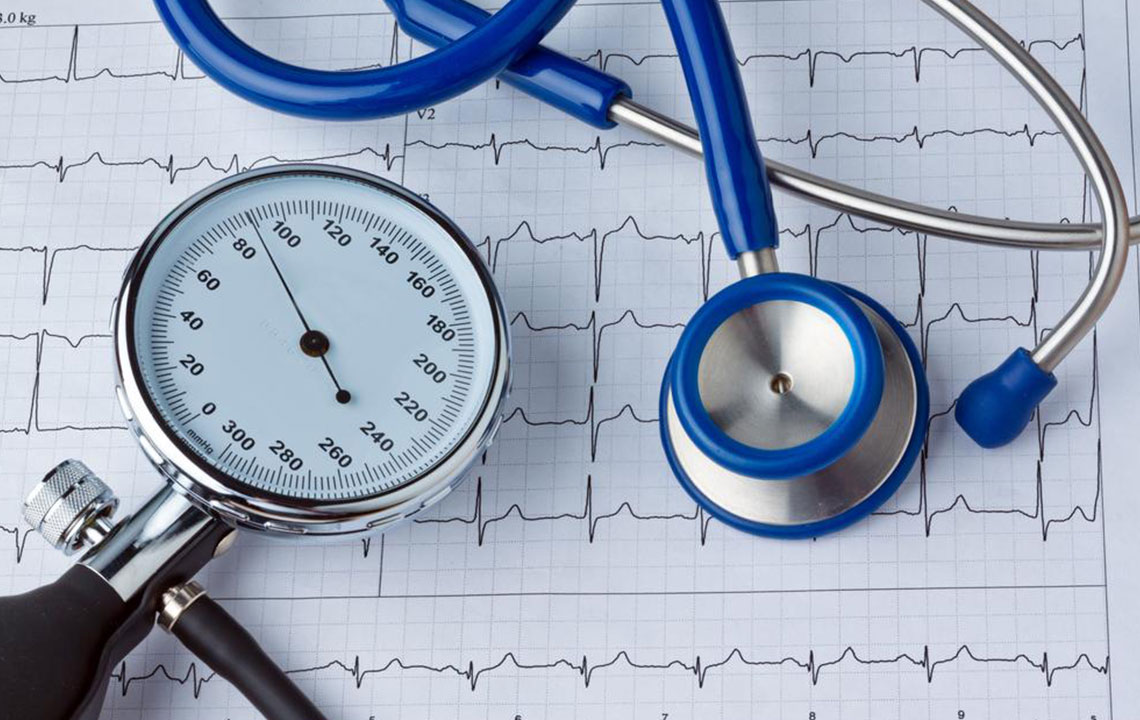
Symptoms
Know How to Prevent Post Nasal Drip Cough
Post nasal drip cough is characterized by a condition in which the mucus runs from the nose to the back down the throat. Postnasal drip can cause a cough. The mucous has lubricating properties that help clean the nasal passage. In fact, the mucous get swallowed unintentionally. An allergy can increase the level of mucus development. Allergy such as cold or sinus in people can lead to a generation of a cough that reflexes. At night, it can get even worse. Thus, it is essential to tackle the problem as soon as possible. The condition is also is called upper airway cough syndrome. A cough that just cannot leave and is coupling up with nasal congestion and dripping of a cough down back the throat indicates that a person is suffering from post nasal drip cough. This article discusses ways through which one can get relief from this cough. Post nasal drip is a common symptom of cold, sinusitis, respiratory flu, acid reflux, and rhinitis. Other causes of post nasal drip cough include birth control pills, pollen, smoke, dust, and allergens. Mucus falls back the nasal passage into the throat. It can be caused by mucus that can be very thick, which can be difficult to get rid of.












